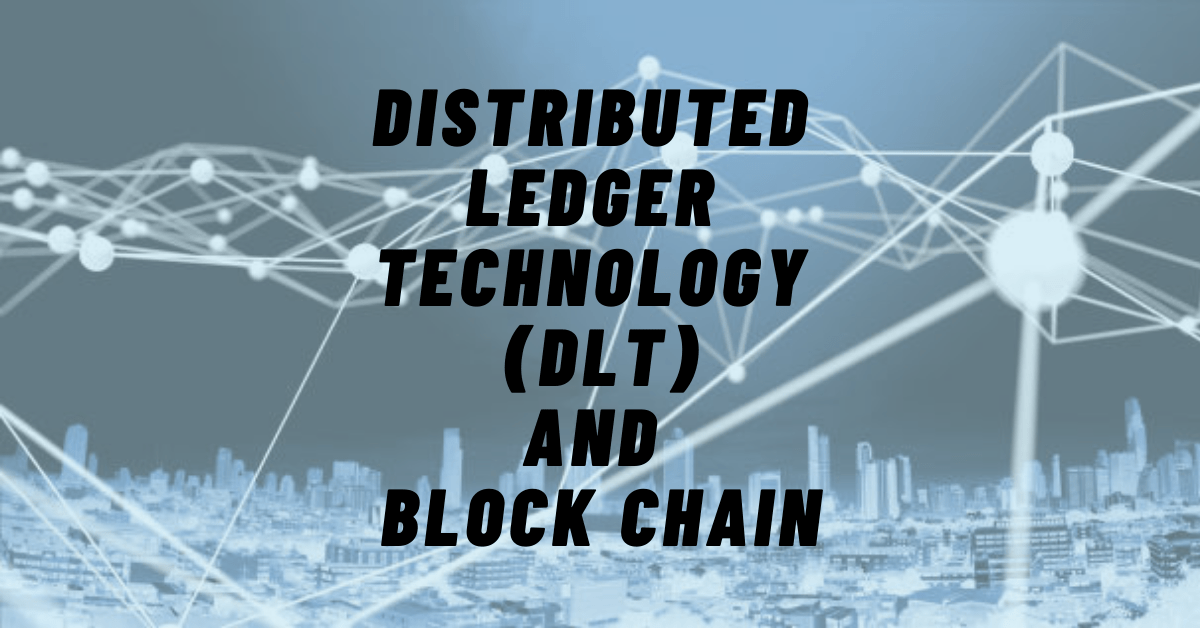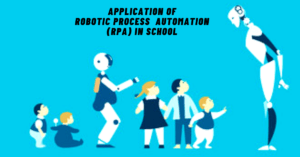We can use the terms Distributed Ledger Technology and Blockchain interchangeably, but they are different. However, this article will highlight a few differences.
What are Distributed Ledgers?
A distributed ledger is a database with no authoritative copy. In other words, one can define the integrity of data by its contents rather than its source. However, the location of data in a typical database determines its authenticity. If you ask your bank what your balance is, they will tell you. You believe the response is reliable since it came from your bank, which is the definitive source of balance for accounts at that bank under normal circumstances.
A distributed ledger differs from a centralized one, which most enterprises use. A centralized ledger is more exposed to cyber-attacks and fraud since it has a single point of failure. Distributed ledgers, on the other hand, do not require the usage of reliable sources.
The distributed ledger technology allows the sharing a system that does not rely on a single authoritative source. The system is already in place, and to ensure accuracy, they review and double-check the data. Regardless of where the information comes from, it can be stored in various locations by various individuals, who can subsequently exchange the data with one another. Distributed ledger technology allows the building of systems without relying on a single authoritative data source.
What is Blockchain?
Blockchain is a database that stores encrypted data blocks and connects them to form a single source of truth for the data. Digital assets are unique and decentralized records that we cannot duplicate or transfer. They are immutable property records, which means they cannot be altered or deleted. The asset is decentralized, allowing for real-time access and transparency to the public.
A clear track of changes maintains the integrity of the documents, which builds trust in the asset. Blockchain’s inherent security characteristics and public ledger make it a suitable tool for virtually every business.
Distributed Ledger vs. Blockchain Technology
The distributed ledger is the same technology that underlies blockchain, which is the technology that underlies Bitcoin. Blockchain is a distributed ledger that Bitcoin uses. Although the terms blockchain and distributed ledger appear to be interchangeable, there are some distinctions between the two.
Blockchain can be classified as a distributed ledger, but not everything can be a blockchain. To help you better understand the comparison between DLT and blockchain technology, we have outlined some of the distinctive properties of blockchain and distributed ledgers.
Structure of Blocks
The first distinction between blockchain and distributed ledger technologies is the structure. A distributed ledger is a collection of data blocks. However, blockchain is a specific type of distributed ledger. Because it is a simple database distributed over multiple nodes, each ledger has various ways to represent this data.
Sequence
The blocks in blockchain technology are all in a specific order. A distributed ledger, on the other hand, does not require a precise data sequence.
Proof of Work
Blockchains usually involve a proof-of-work technique. Other techniques exist, but they often consume electricity. Distributed ledgers, on the other hand, do not require this form of agreement, making them more scalable.
Blockchain is a subset of distributed ledgers with added capabilities beyond the boundaries of regular DLTs. The addition of proof of work distinguishes the distributed ledger from the blockchain.
Real-Life Implementations
It is critical to examine implementation when determining the distinctions between blockchain and distributed ledger. As it becomes more widespread, blockchain has many real-world applications. Moreover, they also create new applications of blockchain constantly.
Many businesses are adopting blockchain technology and gradually integrating it into their systems. Large corporations like Amazon, IBM, and others also provide reasonable blockchain-as-a-service solutions.
On the other hand, developers have only recently begun diving deeper into the distributed ledger technology core. There are few real-world implementations of DLTs, even though there are various varieties of DLTs in the IT industry. They are, however, still being developed, and we will begin to see real-world implementations very soon.
Tokens
A distributed ledger technology does not require coins or any form of cash. Tokens, however, can be necessary to block and identify spam.
Advantages of Distributed Ledger Technology & Blockchain
The independence of networks is the primary benefit of DLT and the reason it is gaining popularity. It provides all users authority over the information and flow.
Transparency is critical in many industries, especially the banking and financial sectors. Distributed ledgers provide transparency and can process billions of transactions far faster than today’s standard database systems. When they lessen operational issues, the expenses of such operations immediately decrease.
In the case of cryptocurrency, blockchain enables transparency. Each transaction is made public. People appreciate the idea of such a robust platform that cannot compromise data and ensure transaction security.
Conclusion
We hope you understand the distinctions better after reading our distributed ledger technology article. In summary, a blockchain is a form of a distributed ledger. Recording transactions or digital interactions gives organizations transparency, efficiency, and security. However, these two technologies are not interchangeable; blockchain is only the top of the figurative iceberg.
[Mesum Raza writes this article during Train the Learner’s Four weeks Training Program as an Article Writer]




